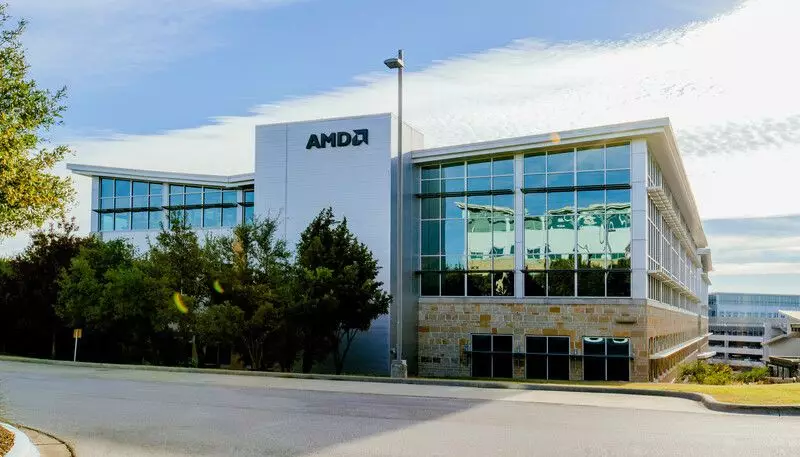Advanced Micro Devices (AMD), a key player in the semiconductor industry, has recently made headlines for its decision to lay off approximately 4% of its global workforce, which translates to about 1,000 employees. This move raises essential questions about the company’s future strategies and its competitive positioning in the market. As the technology landscape continues to evolve, AMD’s decision aims at realigning its resources with perceived opportunities, particularly in lucrative sectors. This article analyzes the implications of these layoffs, the rationale behind them, and the broader context within which AMD operates.
AMD’s decision to downsize its workforce comes amid various market pressures and competitive challenges. The semiconductor industry has been experiencing fluctuations, and companies like AMD must adapt to remain competitive. AMD cited the need to “align our resources with our largest growth opportunities,” signaling a shift towards sectors like artificial intelligence (AI) that promise higher profit margins and growth potential. By reallocating resources towards AI and data center GPUs, AMD aims to bolster its position against rivals, most notably Nvidia, which has a stronghold in the datacenter market.
While the connection between layoffs and strategic refocus on AI might seem logical, the decision also indicates internal struggles and market uncertainties. AMD’s gaming division, which accounts for a modest 6.8% of its overall revenues, has been shrinking, thereby rendering it less likely that this sector is a priority for the company’s growth strategy. The layoffs therefore might reflect a harsh, but necessary, decision to eliminate underperforming divisions and concentrate on sectors that can sustain the company’s growth.
The timing of the layoffs is particularly noteworthy, occurring just weeks after AMD announced record revenues bolstered by the introduction of new AI-based GPU products. Even amidst these positive financial results, the company’s share price faced a significant decline, dropping from $166 to around $140— a 15% decrease. This paradox highlights the volatility of the semiconductor market, where perceptions of future growth can deflate even amid current successes.
The guidance AMD provided for the upcoming quarters did not inspire confidence among investors, suggesting that the company may struggle to sustain its recent highs. While revenue records are commendable, what investors desire is a clear trajectory towards sustainable growth and innovation. As such, the layoffs have effectively sent mixed signals: signaling both a proactive step towards future opportunities while also underlining the company’s current vulnerabilities.
When comparing AMD’s workforce reduction to similar actions in the industry, it’s essential to note that competitors like Intel have taken more drastic measures recently. Intel’s announcement of laying off 15,000 employees constitutes a 15% reduction in its workforce, demonstrating the intense pressures faced by companies struggling to adapt to a rapidly changing tech landscape. While Intel’s layoffs are indeed larger numerically, AMD’s decision may indicate a more tactical approach, seeking to pivot quickly towards market segments that can yield higher returns.
These industry-wide layoffs are symptomatic of a broader trend wherein tech companies grapple with market saturation, rising operational costs, and fierce competition. In this environment, companies must make difficult decisions about workforce and resource allocation that often impact their long-term vision and operational health.
AMD’s decision to implement layoffs reflects a complex interplay of market forces, internal challenges, and strategic aspirations. As the company pivots towards emerging sectors like AI, it is crucial for AMD to communicate its vision clearly to stakeholders and employees alike. The challenge will be ensuring that this realignment not only mitigates immediate financial pressures but also secures AMD’s position within an increasingly competitive landscape. The reduction in workforce is undoubtedly a painful outcome for those affected, yet it may also represent a necessary step toward fostering innovation and responding to market demands. Looking ahead, AMD’s ability to adapt to new growth opportunities while maintaining its workforce morale will be essential in determining its long-term success.

